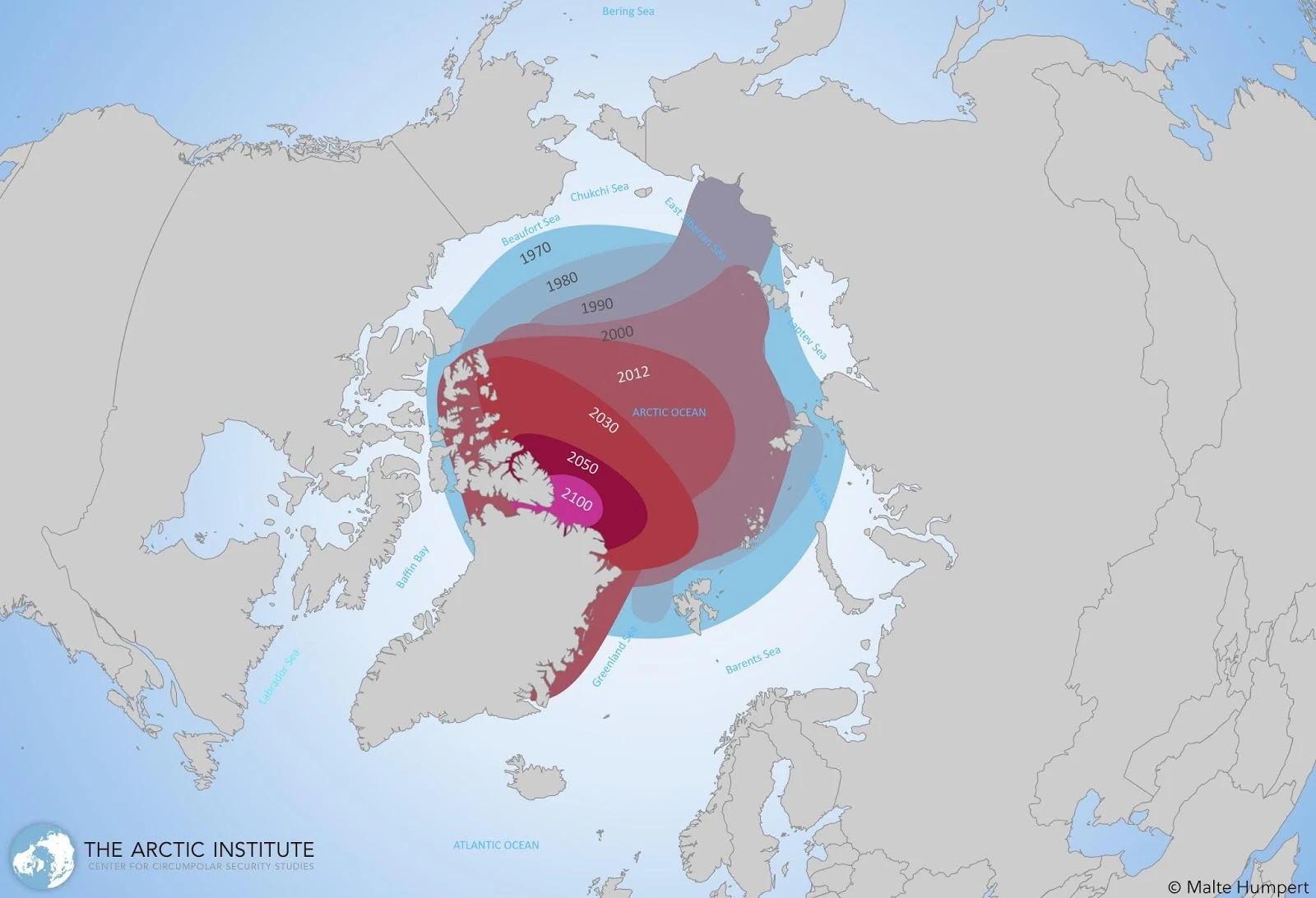Summer ice extent represents the area covered by sea ice in the Arctic during the summer months when the ice typically reaches its minimum extent. This is a critical aspect of the annual sea ice cycle, and it holds significant implications for both the environment and human activities in the Arctic.
During the summer, as temperatures rise, the Arctic experiences a natural ice melt. The extent of this melt varies from year to year, influenced by factors such as temperature, wind patterns, and ocean currents. In recent years, there has been growing concern about the declining summer ice extent in the Arctic due to the effects of global climate change.
The reduction in summer ice extent has numerous consequences. It directly impacts Arctic ecosystems, with implications for species like polar bears, seals, and seabirds that rely on sea ice as a platform for hunting and breeding. Additionally, it affects global climate patterns, as the loss of reflective ice surfaces contributes to further warming.
On a human level, the diminishing ice extent has opened up new opportunities for shipping, resource extraction, and tourism in the Arctic, while also raising concerns about the sustainability of these activities and their environmental impact.
The map below shows future implications of this process.
The IPCC 5th Assessment Report concluded, with high confidence, that sea ice will continue to decrease in extent, and that there is robust evidence for the downward trend in Arctic summer sea ice extent since 1979. It has been established that the region is at its warmest for at least 40 thousand years and the Arctic-wide melt season has lengthened at a rate of five days per decade.'

This post may contain affiliate links. As an Amazon Associate, I earn from qualifying purchases.